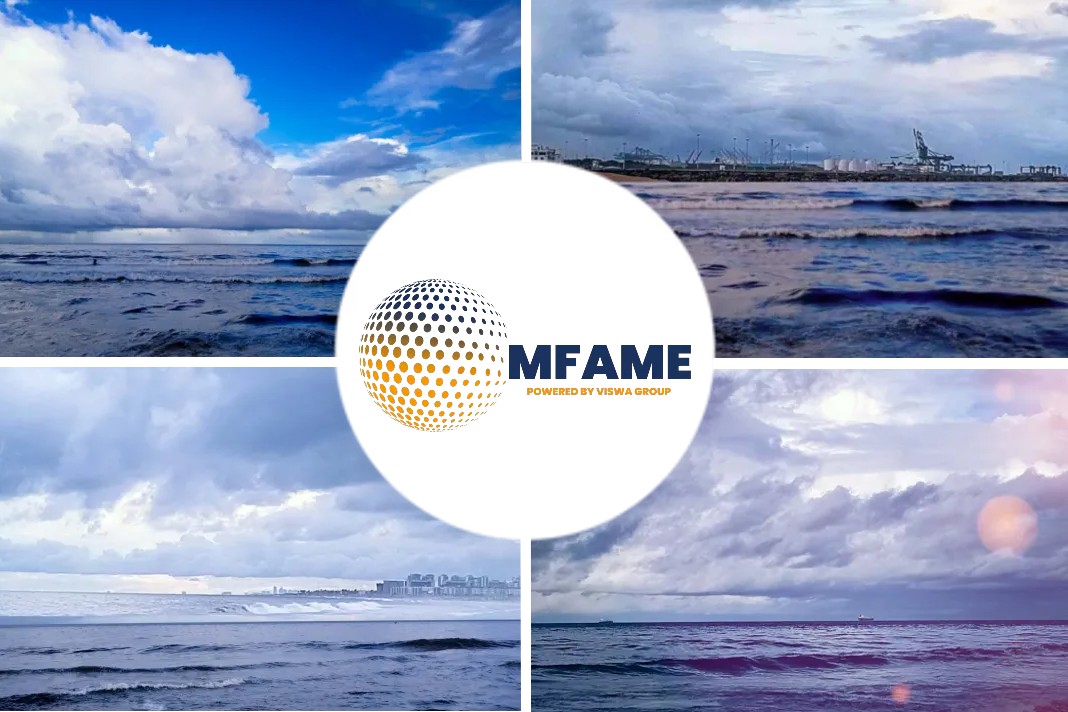- An influx of imports from Asia to the U.S. has created a bottleneck at West Coast ports.
- As a result, backed up cargo ships have started to contribute to a worldwide shortage of containers and soaring shipping rates.
- The volume of containers handled at the California ports of Los Angeles and Long Beach, which serve as gateways for goods from Asia, grew 45% in February.
- The traffic jam of container ships along the West Coast is exacerbating a shortage of containers and a corresponding rise in shipping fees.
A recent Asia Nikkei news article have reported that freight rates spike as Asian cargo ships jam US West Coast ports.
California ports
The volume of containers handled at the California ports of Los Angeles and Long Beach, which serve as gateways for goods from Asia, grew 45% in February compared with a year earlier, climbing for an eighth consecutive month. In March, container volume at the port of Los Angeles apparently surged by more than 80%.
Dozens of container ships wait offshore
With the ports overstretched in their processing capacity, dozens of container ships wait offshore.
The two ports handle 40% of U.S. maritime cargo, but have been unable to keep up with the swelling imports as American consumers look to spend their stimulus checks.
Booming consumer spending in the U.S. has prompted freight imports to climb at an unprecedented pace, according to Gene Seroka, the LA port’s executive director.
Spread of COVID-19 among port workers
To complicate matters, the spread of COVID-19 among port workers has undercut the capacity to process the cargo.
About 800 workers at the ports of Los Angeles and Long Beach, or over 5% of the total staff, were infected with the virus in February and March, local media have reported.
Freightos and its view point
In late March, for example, the cost to haul cargo from China to the West Coast stood north of $5,000 per 40-foot container, according to Hong Kong market intelligence firm Freightos.
The asking price soared 250% from a year ago against the backdrop of the container shortage. The cost to ship freight from Europe to the West Coast roughly doubled.
Meanwhile, the backup of ships in California is affecting corporate earnings.
Nike, headquartered in the U.S. state of Oregon, faces shipment delays stretching three weeks or more for its apparel from Asia.
Did you subscribe to our daily newsletter?
It’s Free! Click here to Subscribe!
Source: Asia Nikkei
















